Concrete moisture penetration
The purpose of this paper is to describe structural design and construction details to mitigate the effects of moisture migration through concrete.
Why Does Concrete Crack?
effects of moisture migration through concrete floor slabs, basement walls, and flat slab ceilings. Four ways that moisture can penetrate a concrete floor slab.


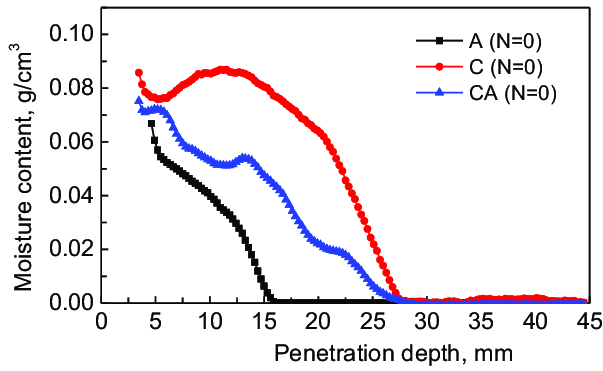

Jennifer Age: 30. You will not regret to spend the moment with me.Let’s make it unforgettable for both of us.Probably the most bubbly girl you will ever meet

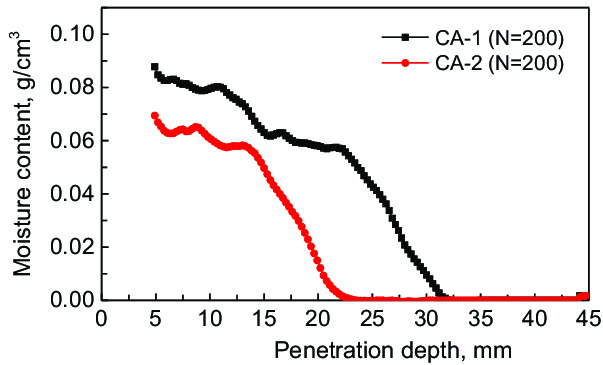
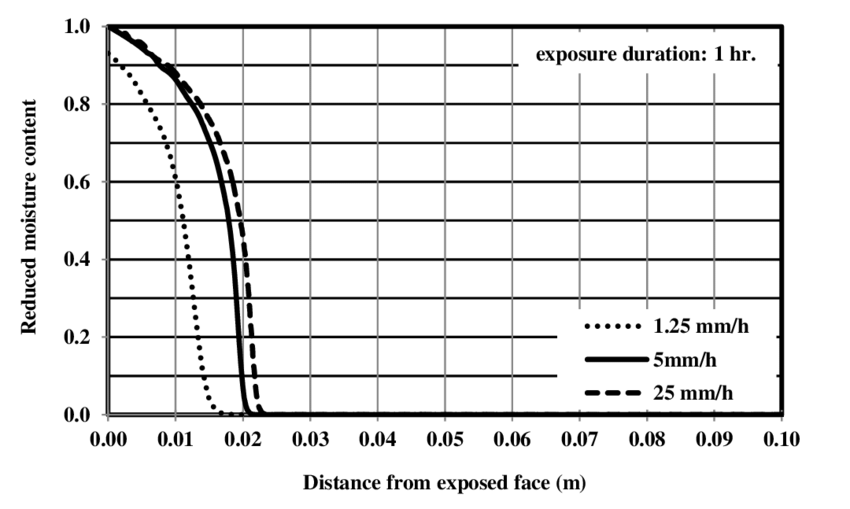



Jess Age: 28. Kinky naughty Kandi mature mixed fetish escortI'm an exclusive and independent companion, a sophisticated romanian beauty with fine elegant features and a toned body.I want to meet a generous and respectabel man from years old.Iam profesional and loving fun and my job.
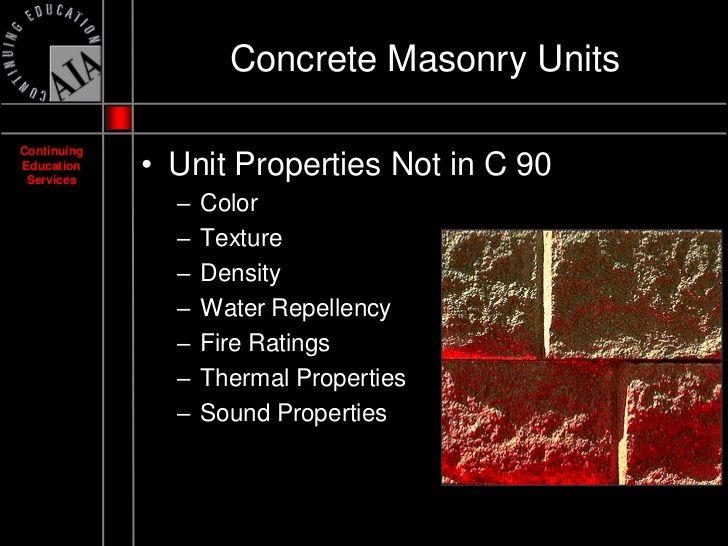
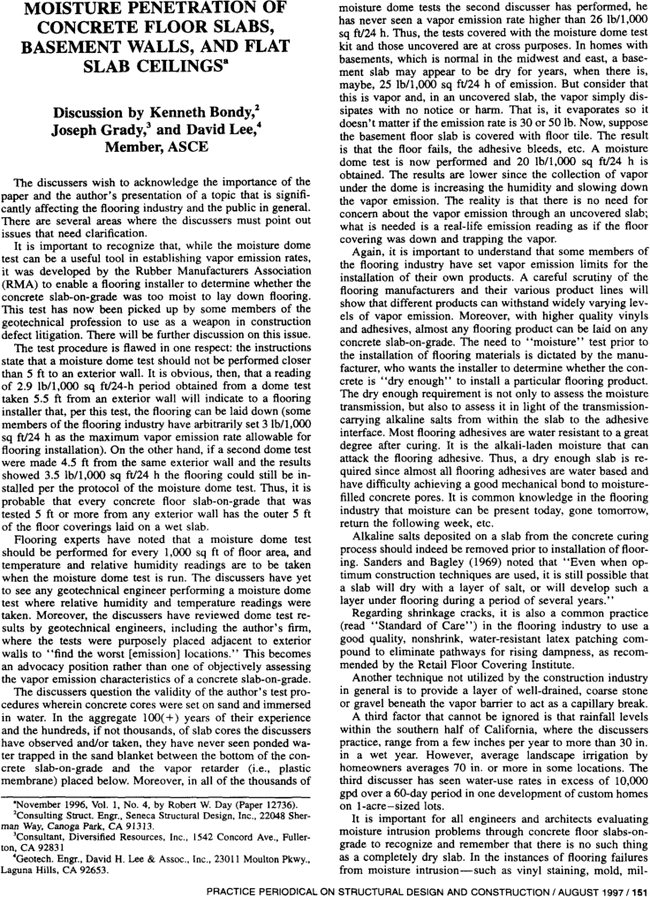

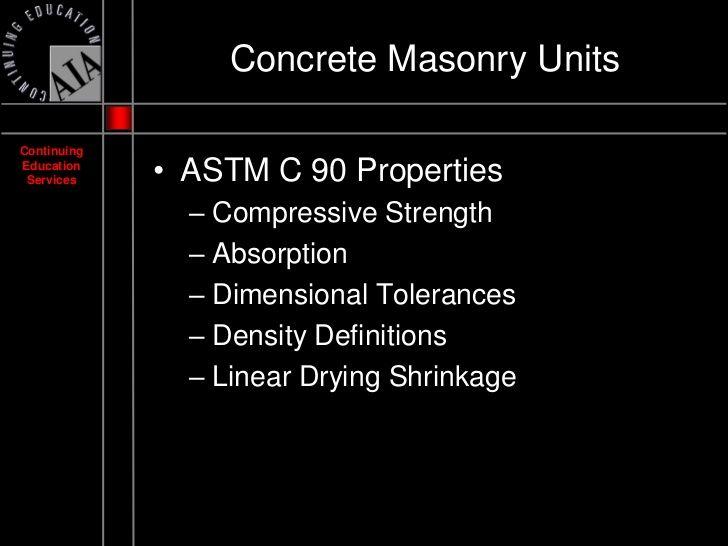



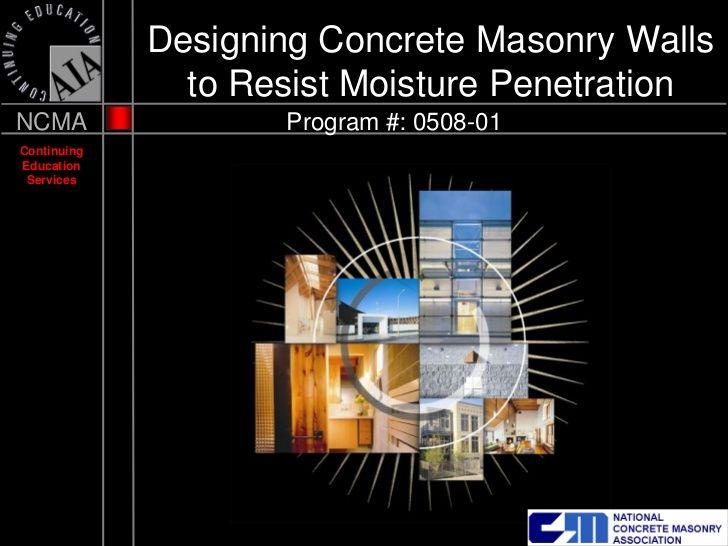

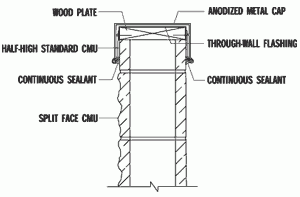
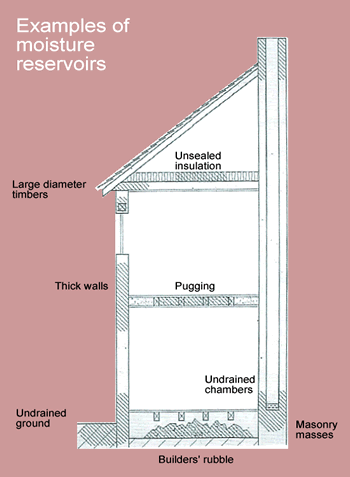
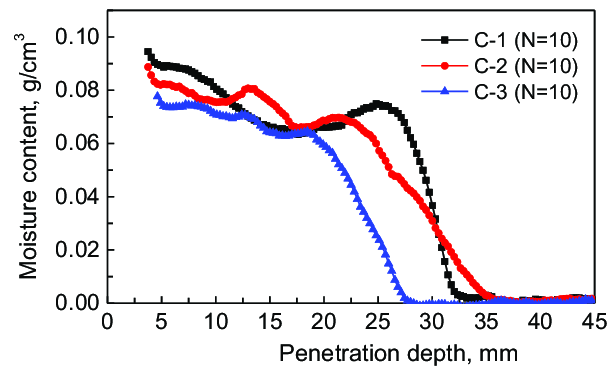
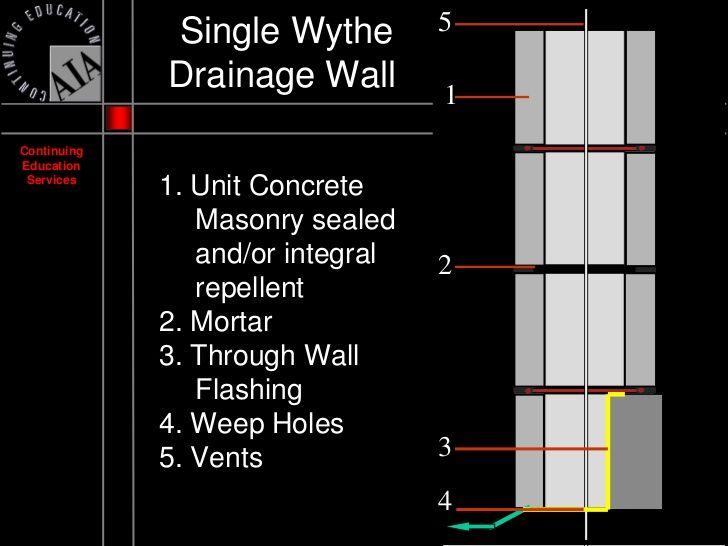
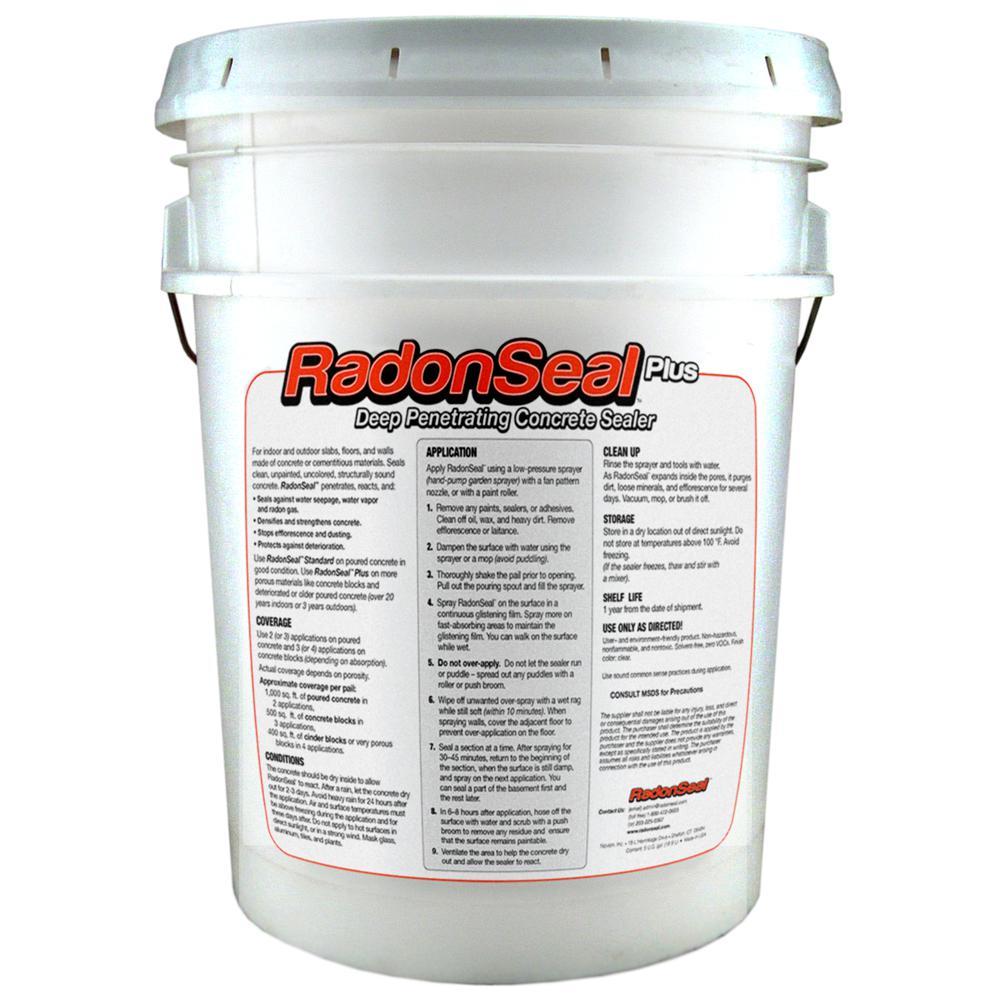
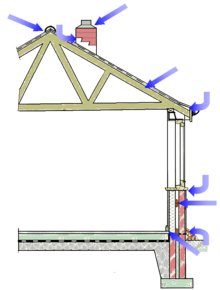
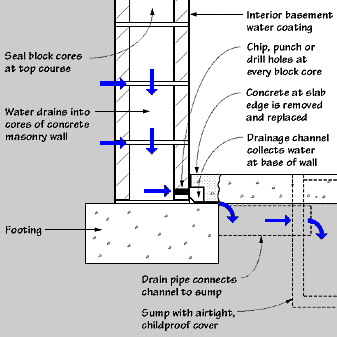
Description:Specifications Penetrating Concrete Sealer Prevents Moisture Problems Excess moisture in concrete is a damaging force to concrete and any materials resting on top of it. Unwanted wetness deep within concrete can eventually make its way to the surface, causing problems like: Organic growth such as mold and mildew beneath mats and non-air permeable coverings Cardboard in contact with the floor will absorb moisture and lose structural integrity Concrete Moisture Damages Floor Coverings If your concrete floor is finished with vinyl, paint, wood, VCT, or carpeting, moisture and vapor mitigation is even more important. If your floor covering is bonded to concrete using adhesives with water, latex, and acrylic bases, excess moisture will emulsify and weaken the adhesive formula, causing many types of visible damage: Originally developed to seal concrete for hazardous waste containment applications, it accelerates the drying time for concrete and is an inexpensive product for sealing concrete prior to installing Vinyl, VCT or Wood Flooring.





































User Comments 1
Post a comment
Comment: